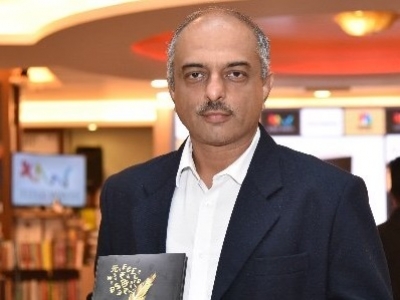The investment life cycle can be broadly divided into two phases - accumulation/pre-retirement and withdrawal/post-retirement. Longevity of 85-90 years has become common in urban India. Assuming the retirement age of 60, the post-retirement period has increased. Further, this phase is characterised by cash flow reversals and income from accumulated corpus is the only source of inflow.
Cafemutual Confluence Investment Marathon 2021 (CCIM 21) hosted Amit Trivedi, noted trainer & author who shared with us some tips on simplifying investments to generate regular income from mutual funds.
Here are the key takeaways from the session:
- Taking a step in the right direction
Investors can discover their financial goals and make informed decisions by answering these four questions:
- Why do I need regular income?
- How much regular income will I need?
- From when do I need regular income? And for which period?
- What other things do I seek? (for example, growing income for meeting inflation cost, etc.)
- Evaluating traditional solutions against mutual funds
Traditional instruments offer fixed income for a pre-determined period and this may not align with investment horizons and the rising cost of living. Further, such instruments are also less efficient in terms of liquidity and taxes.
Mutual funds can help in overcoming such challenges.
Investors may opt for a Systematic Withdrawal Plan (SWP) to enjoy a steady inflow. SWP work on ‘Standard Instruction’ (SI) under which a pre-determined sum at a pre-determined periodicity can be withdrawn. Besides, the SI can also be changed on a future date by replacing the existing SWP with a new SWP.
Profits above withdrawals are automatically reinvested in the scheme thereby increasing the corpus to that extent. As mutual funds are market-linked, there may be instances of low profits. In such cases, the difference can be withdrawn from the capital.
However, investors in their accumulation/pre-retirement phase must not opt for SWP as they may miss the benefits of compounding.
- Constructing an ideal portfolio
Funds needed in the short term must be parked in liquid funds, whereas in the case of medium-term and long-term needs, debt and hybrid/equity funds may be considered respectively.
Investors looking to generate income for their retirement can invest an amount equal to the first three years of expenses in liquid funds. They can create another bucket comprising fixed income funds/balanced advantage funds. Aggressive investors with a longer horizon could also create another bucket and opt for equity funds. Here is where MFDs/RIAs step in. They help investors to achieve their financial goals through customised portfolios.
Amit’s session was crisp and to the point. Watch this video to know in detail Amit’s mantra of generating regular income from mutual funds.





